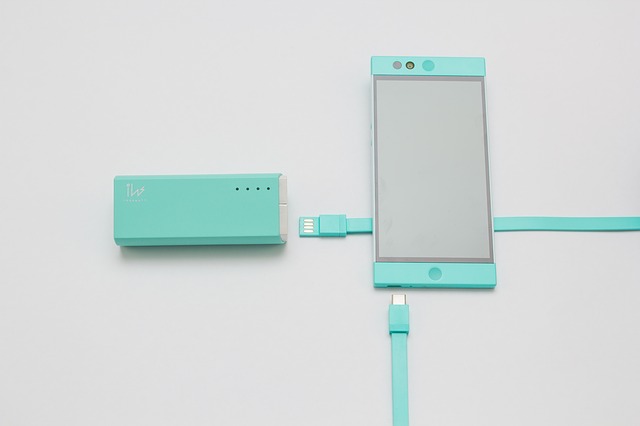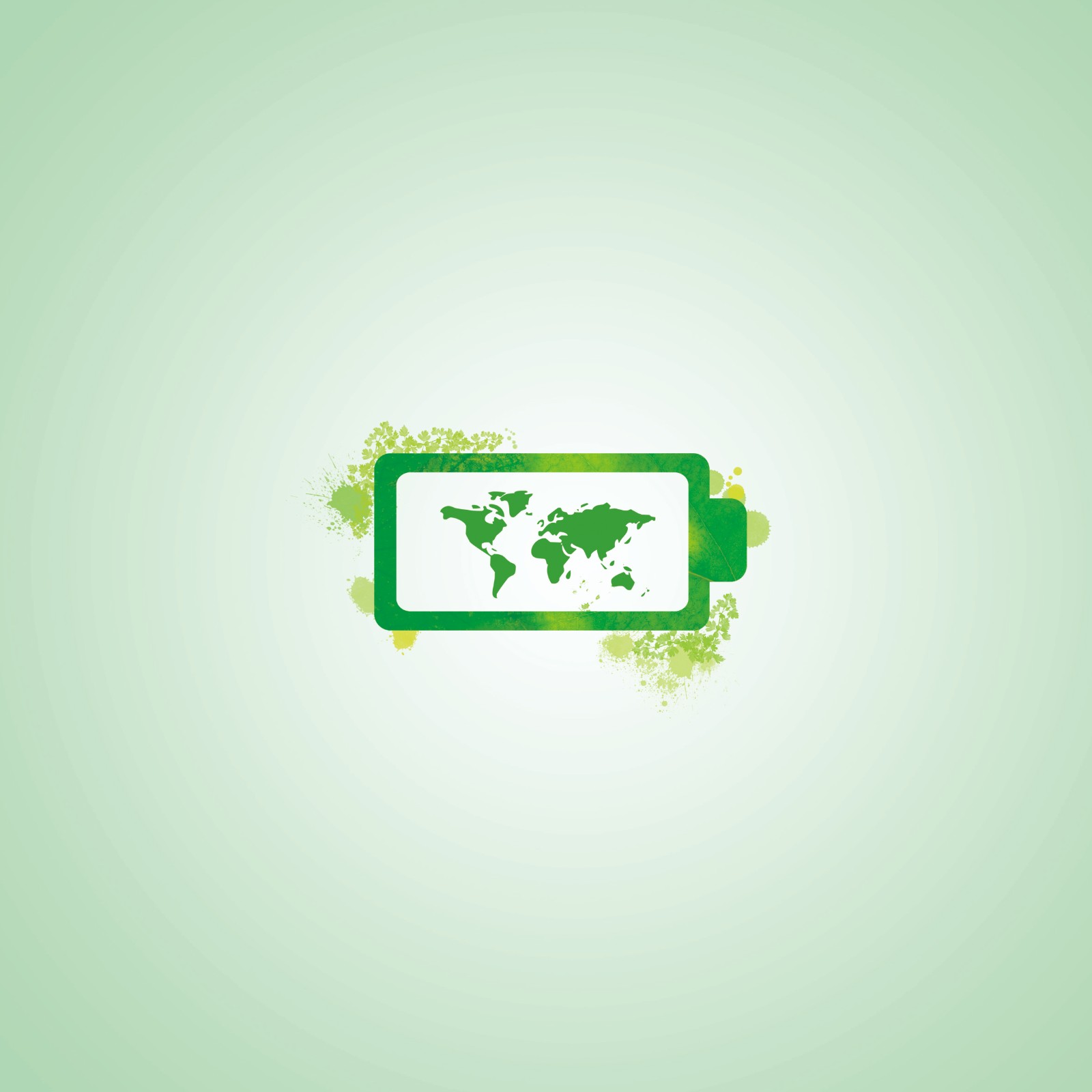AGM Battery Maintenance, Introduction, Charger, and Use
Nov 25, 2021 Pageview:2750
AGM batteries are among the most popular types of deep cycle battery. AGM stands for Absorbent Glass Mat. These batteries are sealed and maintenance-free, which means you never need to add water, check electrolyte level, or clean terminals. This type of battery is perfect for both recreational vehicles and solar power systems.
AGM Batteries need to be charged at a lower voltage than flooded lead acid batteries, because they have a higher specific gravity than traditional lead acid batteries. Charging an AGM battery too quickly can cause hydrogen gas to leak out of the cells, so it’s important to use the right charger.
Here are some use tips for AGM batteries that will help you get the most out of
Introduction to AGM Batteries
AGM batteries are sealed and maintenance-free. This means you never need to add water, check electrolyte level, or clean terminals. AGM batteries are perfect for both recreational vehicles and solar power systems.
AGM Batteries need to be charged at a lower voltage than flooded lead acid batteries, because they have a higher specific gravity than traditional lead acid batteries. Charging an AGM battery too quickly can cause hydrogen gas to leak out of the cells, so it’s important to use the right charger.
Here are some use tips for AGM batteries that will help you get the most out of your battery investment.
-Use a battery charger specifically meant for AGM batteries.
-Remember that AGM batteries are sealed and maintenance free, so never add water or check electrolyte level.
-Charge the battery with a rate of C/10.
-Consider investing in an automatic battery charger that will turn on and off with your solar system.
-The best way to store your AGM battery is upright, full of charge, with about three-quarters of the weight resting on the bottom of the case.
-Store your battery at room temperature with a slight charge level.
-Charging AGM Batteries
When charging an AGM battery, it’s important to raise the voltage slowly. This will help to prevent hydrogen gas from leaking out of the cells.
When starting to charge an AGM battery, it’s best to use the lowest amperage possible, and then increase amperage until the battery reaches its full charge. This will help to avoid overcharging the battery.
The chargers for AGM batteries are typically automatic shutoff models, which will turn off as soon as the battery reaches its full capacity.
When charging an AGM battery, it’s also important to follow the manufacturer’s instructions for charging. This will help to avoid any damage to the battery.
Good Charging Tips for AGM Batteries
While AGM batteries require a lower voltage (14.4-14.6 volts), they should never be charged at more than 14.8 volts. If you use a charger with a setting higher than 14.8 volts, you’ll cause the battery to vent hydrogen gas and shorten its lifespan.
AGM batteries require a different type of charger than flooded lead acid batteries. They need to be charged at a lower voltage, but never at a higher one.
Additionally, there are two types of AGM batteries: gel and glass mat. Gel batteries have a higher specific gravity, while glass mat batteries have a lower specific gravity. If you have a gel battery, it should be charged between 13-14 volts, and a glass mat battery should be charged between 13-14.5 volts.
To get the most out of your AGM battery, use the right charger and follow these charging tips!
Applications of AGM Batteries
AGM Batteries are used for a variety of applications. They can be found in:

Recreational vehicles — AGM Batteries provide a deep cycle, which means they can be used for long periods without being charged.
Solar power systems — In a solar power system, AGM Batteries store electricity from the solar panels during the day, and supply the power at night.
Golf Carts — AGM Batteries provide a deep cycle, which means they can be used for long periods without being charged.
Wheelchairs — AGM Batteries have a longer lifespan than traditional lead acid batteries, and can store more energy for a given weight.
Uninterruptible Power Supplies (UPS) — UPSs use AGM Batteries as a power source to keep electronics running in the event that power goes out.
AGM Batteries are used in a variety of industries and applications, from recreational vehicles to wheelchairs. They can be charged at a lower voltage, and are maintenance free.
How to Use AGM Batteries
AGM batteries need to be charged at a lower voltage than flooded lead acid batteries, because they have a higher specific gravity than traditional lead acid batteries. Charging an AGM battery too quickly can cause hydrogen gas to leak out of the cells, so it’s important to use the right charger.
AGM batteries should be charged at no more than 2.25 volts per cell. Flooded lead acid batteries should be charged at no more than 2.5 volts per cell.
To get the most out of your AGM battery, it’s also important to store your battery in a cool, dry location with a full charge.
If you’re looking for the best AGM battery prices, don’t forget to check out our website!
Dos and Don'ts of AGM Batteries
Do:
Make sure you use the right type of charger for your AGM battery. Do not use a charger designed for lead acid batteries even if it's rated for 6 or 12 volts.
Charge your AGM battery at 6-8 amps.
Clean your terminal posts with a terminal brush before installing the cables.

Don't:
Do not charge your AGM battery for more than 24 hours.
Do not charge your AGM battery at more than 8 amps.
Do not leave your battery on the charger for extended periods of time without checking to make sure it's fully charged.
Do not discharge the battery below 80% state of charge.
Do not overfill the cells with electrolyte.
Do not apply any type of charge to an AGM battery that is more than 60 days old, or that has been subjected to temperatures that are hotter than 140 degrees Fahrenheit.
What Does the Future Hold for AGM Batteries?
AGM batteries are still in their infancy, but it’s easy to see that they are evolving into a more advanced form of battery.
In the future, we’ll begin to see AGM batteries being used in electric cars and other high-energy devices. The best thing about AGM batteries is that they maintain a charge for a long time without external power, so they’re perfect for use in remote locations or for emergency backup power.
In addition to being a very reliable form of battery, AGM batteries will also be inexpensive. Traditional lead acid batteries have a lifespan of about two years, but AGM batteries can last up to four years.
These batteries are a great alternative to traditional lead acid batteries and will only get better as time goes on.
Conclusion
The key to maintaining AGM batteries is to keep them fully charged. AGM batteries should be charged at 14.4 volts, which is about 1/2 the voltage of flooded lead acid batteries. Never fill AGM batteries with water, and never allow them to go completely dry.
If you’re unsure about what kind of battery you have, you can run a load test to figure out if it’s an AGM battery. If you’re looking for a deep cycle battery that’s maintenance free, AGM is the perfect option!
- Prev Article: AGM Batteries Advantages and Disadvantages
- Next Article: Auto Battery Life - Expectancy And Warranty
Leave Message
Hottest Categories
-
Hottest Industry News
-
Latest Industry News










